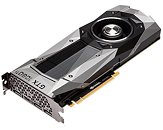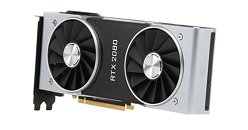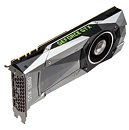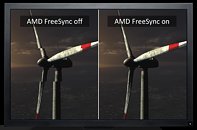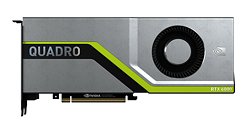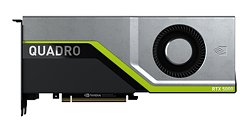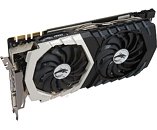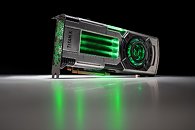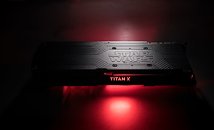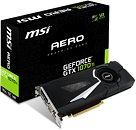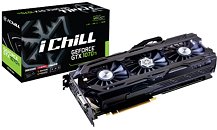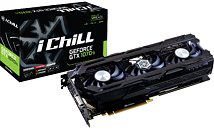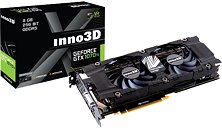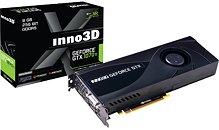
NVIDIA Adds New Options to Its MX200 Mobile Graphics Solutions - MX250 and MX230
NVIDIA has added new SKUs to its low power mobility graphics lineup. the MX230 and MX250 come in to replace The GeForce MX130 and MX150, but... there's really not that much of a performance improvement to justify the increase in the series' tier. Both solutions are based on Pascal, so there are no Turing performance uplifts at the execution level.
NVIDIA hasn't disclosed any CUDA core counts or other specifics on these chips; we only know that they are paired with GDDR 5 memory and feature Boost functionality for increased performance in particular scenarios. The strange thing is that NVIDIA's own performance scores compare their MX 130, MX150, and now MX230 and MX250 to Intel's UHD620 IGP part... and while the old MX150 was reported by NVIDIA as offering an up to 4x performance uplift compared to that Intel part, the new MX250 now claims an improvement of 3.5x the performance. Whether this is because of new testing methodology, or some other reason, only NVIDIA knows.
NVIDIA hasn't disclosed any CUDA core counts or other specifics on these chips; we only know that they are paired with GDDR 5 memory and feature Boost functionality for increased performance in particular scenarios. The strange thing is that NVIDIA's own performance scores compare their MX 130, MX150, and now MX230 and MX250 to Intel's UHD620 IGP part... and while the old MX150 was reported by NVIDIA as offering an up to 4x performance uplift compared to that Intel part, the new MX250 now claims an improvement of 3.5x the performance. Whether this is because of new testing methodology, or some other reason, only NVIDIA knows.










